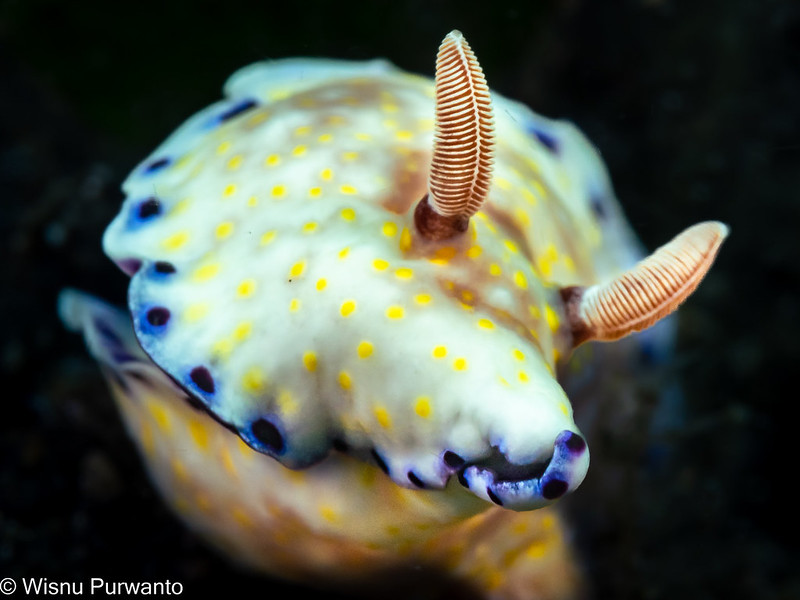Phyllodesmium kabiranum
Aegires villosus
Welcome to ScubaBoard, the world's largest scuba diving community. Registration is not required to read the forums, but we encourage you to join. Joining has its benefits and enables you to participate in the discussions.
Benefits of registering include
Exquisite
I was wondering : where do those guys live, where do you find them usually?View attachment 726429
Melibe colemani
It's hard to say from the picture. I'd recommend a few hours with google and a Pacific Nudibranchs book.Hey nudi lovers,
I just recently discovered nudibranchs here in South Korea and am fascinated by them, but I'm not really knowledgeable enough to be able to sort through IDs. I have so many questions.
First off, can anyone help ID this (apology for poor quality. It was my first few days with the camera and I was still sorting things out. I've since ordered the macro attachment.) All the dive guide could tell me (in Korean) is that the white ones are incredibly rare here and he was amazed that I had found one. Also, very thankful that I pointed it out so he could get a picture.Some general questions:
Here's a short clip (not much sharper I'm afraid.)
- Are all nudis in one group carbon copies and even slight variation means they are a different kind? Or, if it's generally blue with yellow stripes and orange & white rhinophores and branchial plume can we assume they're the same type?
- Is there such a thing as a genetic anomaly, for example an albino nudibranch? I ask because I spent the morning searching for an ID on the above picture and couldn't find anything that resembled it.
Thanks for any help you could offer!
This was down off Jeju Island last week. Yeah, I already spent a couple hours on Google, but I couldn’t find anything. Like I said, I’m not that familiar with the vocabulary. I’ll keep looking.It's hard to say from the picture. I'd recommend a few hours with google and a Pacific Nudibranchs book.
Where were you diving in Korea? I got to do some diving on the East Coast by Juminjin. Nice place, but according to the signs, you needed to keep a lookout for NK subs...
 Nudibranch Gymnodoris rubropapulosa - Lembeh-6040924.jpg by Wisnu Purwanto, on Flickr
Nudibranch Gymnodoris rubropapulosa - Lembeh-6040924.jpg by Wisnu Purwanto, on Flickr Nudibranch (Risbecia pulchella) - Lembeh-6051459.jpg by Wisnu Purwanto, on Flickr
Nudibranch (Risbecia pulchella) - Lembeh-6051459.jpg by Wisnu Purwanto, on Flickr Nudibranch - Chromodoris kunei - Lembeh-6051318.jpg by Wisnu Purwanto, on Flickr
Nudibranch - Chromodoris kunei - Lembeh-6051318.jpg by Wisnu Purwanto, on Flickr Nudibranch - Cuthona Sp. - Lembeh-6051295.jpg by Wisnu Purwanto, on Flickr
Nudibranch - Cuthona Sp. - Lembeh-6051295.jpg by Wisnu Purwanto, on Flickr Nudibranch Risbecia tryoni - Lembeh-6030766.jpg by Wisnu Purwanto, on Flickr
Nudibranch Risbecia tryoni - Lembeh-6030766.jpg by Wisnu Purwanto, on Flickr Nudibranch Hypselodoris emma - Lembeh-6040909.jpg by Wisnu Purwanto, on Flickr
Nudibranch Hypselodoris emma - Lembeh-6040909.jpg by Wisnu Purwanto, on Flickr
